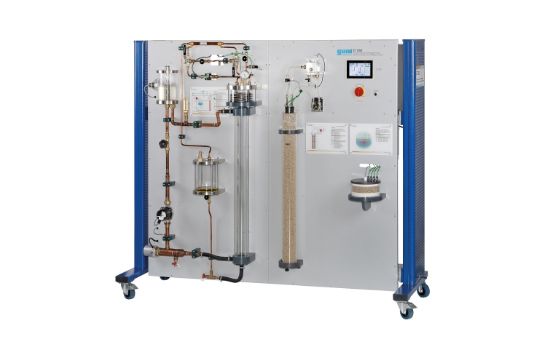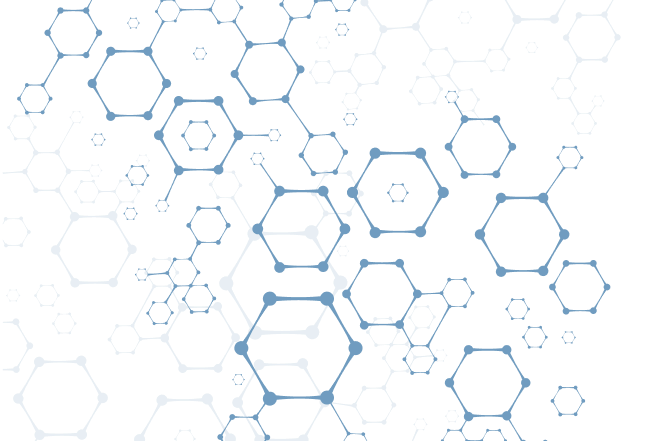The GUNT Geothermal Probe Trainer provides hands-on training in shallow geothermal energy using a transparent heat pipe system. Designed for thermal conductivity analysis and energy transfer studies, this unit visualizes evaporation, condensation, and heat reflux processes in a sealed geothermal circuit. Integrated sensors and software allow real-time analysis of thermal performance and conductivity testing of surrounding soil.
Product Features
- Demonstrates shallow geothermal energy harvesting via heat pipe principle
- Transparent setup allows direct observation of evaporation, condensation, and heat return
- Heat input simulated through temperature control jacket with heating circuit
- Low-boiling heat transfer medium circulates through sealed pipe system
- Working medium in probe head transfers thermal energy through integrated heat exchanger
- Temperature and flow rate sensors provide data to calculate transferred thermal power
- GUNT software simulates heat pump energy balance using real-time measurements
- Includes thermal response test using U-tube probe in sand to calculate soil conductivity
- Additional radial heat source test for measuring temperature profile in cylindrical sand sample
- USB connectivity for direct PC data logging and software analysis
Benefits
- Visual and measurable demonstration of geothermal heat transfer in lab settings
- Enables calculation and comparison of soil thermal conductivity by two methods
- Ideal for teaching sustainable heating systems and underground energy applications
- Supports engineering and environmental science education with real-world experiments
Why Choose the GUNT Geothermal Probe Trainer?
The GUNT Geothermal Probe Trainer offers a unique visual and data-driven approach to understanding geothermal energy systems. From transparent heat pipe operations to thermal response testing in simulated soil environments, it provides the tools needed to explore renewable ground-source heating with precision and clarity.

